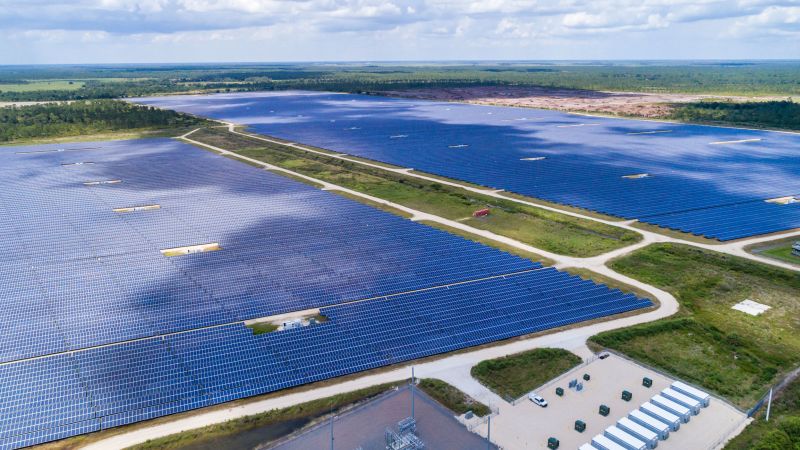If by "it", you refer to the solar production, then you already knew it could be done--your house produces annually more electricity than you use.
Babcock Ranch Fact Sheet
According to the fact sheet, the development has 74MW of solar capacity, and 10MW/40MWh of battery. Night time and or cloudy day usage is covered by conventional fossil fuel production.
The CNN story glosses over what we Californians already know: powering the grid with renewables in addition to hydro, nuclear, etc without using significant fossil fuel production will require a very large investment in some kind of storage. To cover the continental USA, we'll need significant improvement to transmission lines.



